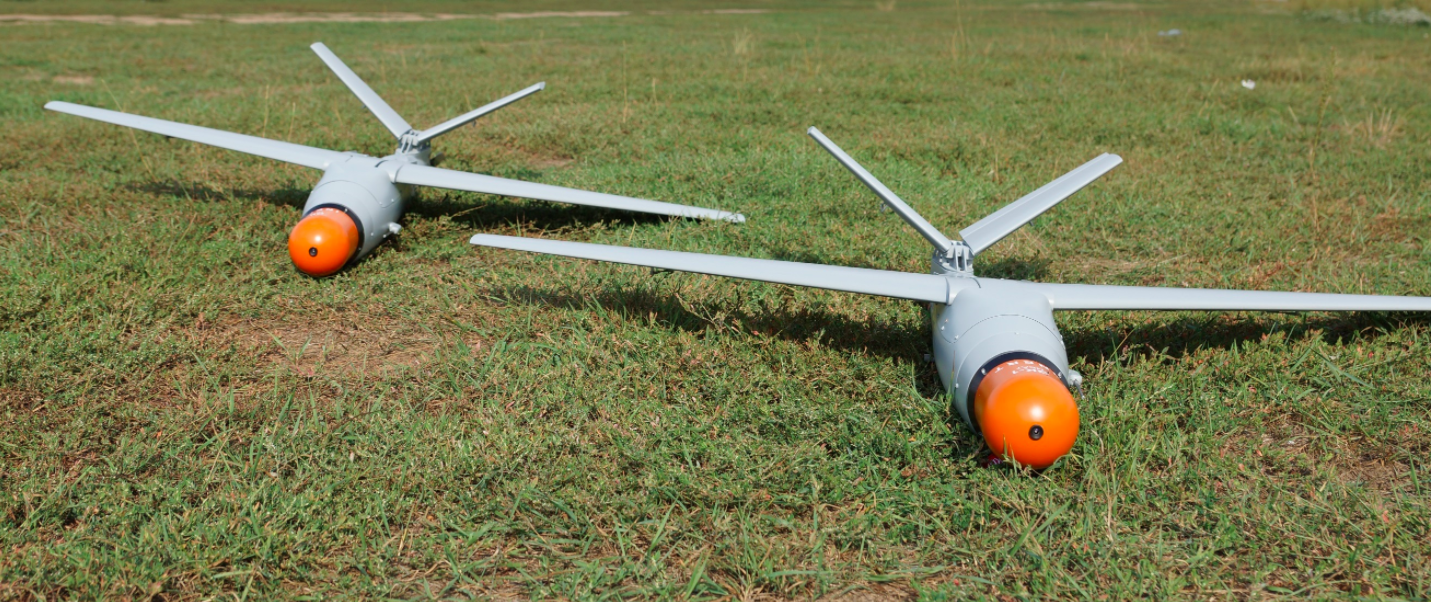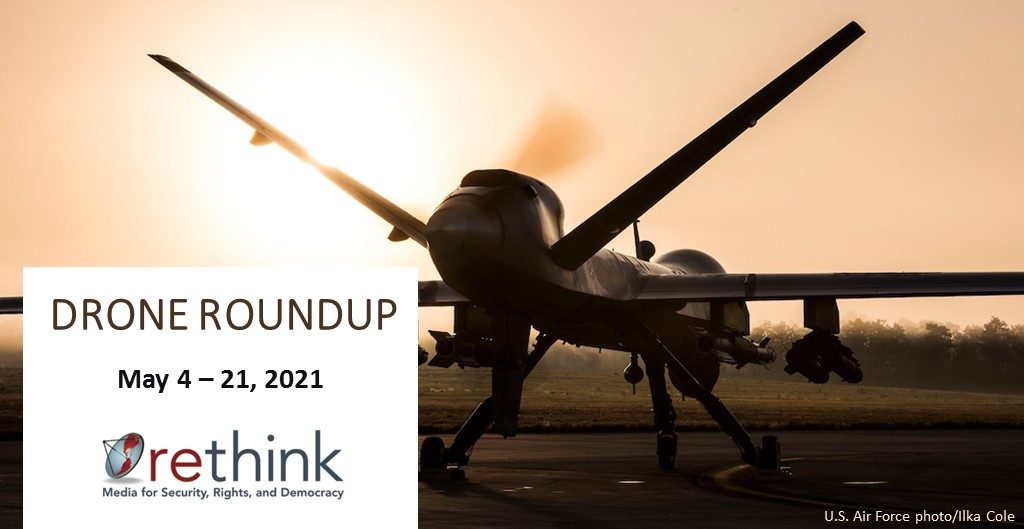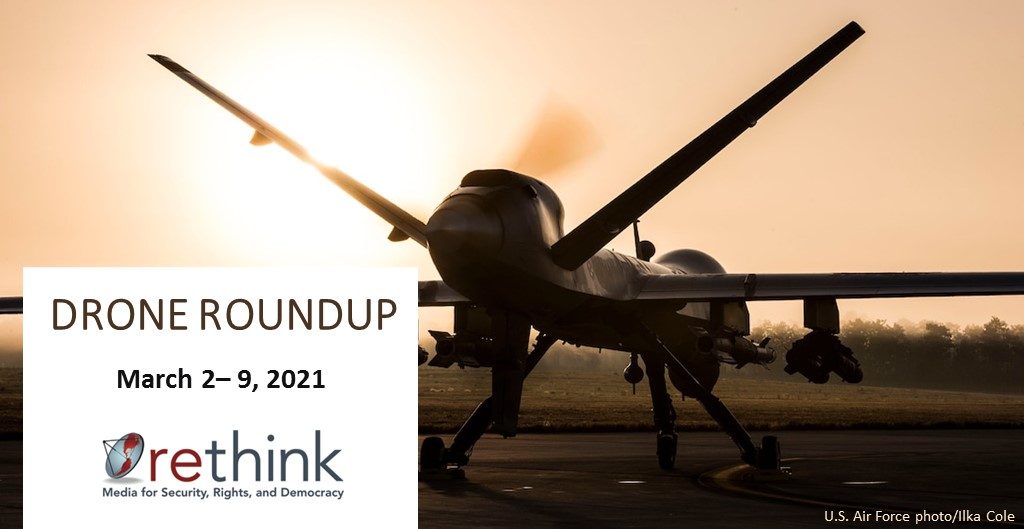Poland produces drones domestically and imports drones from the U.S., Israel and Turkey. Since May 2018, U.S. MQ-9 Reaper drones also operate from Miroslawiec Air Base, in order to “enhance regional stability”.
In August 2012, the Polish government announced that it would replace its aging fighter jets with 30 armed drones, which should be in use by 2018. In July 2016, the Polish Ministry of Defence announced to spend at least 83 billion zloty (US $21 billion) on acquisition of new weapons and military equipment for the country’s armed forces, and that the Polish army will have more than a thousand drones at its disposal.
“Several billions” were planned to be spend on UAVs, according to Polands’ Deputy Defence Minister Bartos Kownacki. Some of these plans would be carried out under the ministry’s technical modernization program for the Polish armed forces in the years 2017 to 2022 after decades of suffering of under-investment.
The ambitious acquisition plan is to include several different types of UAV, varying in size, range, and capability. Some of these also have the ability to take of vertically, such as the Wizjer, Ważka, Orlik and Albators while others are notable for their medium range like the Gryf or medium-altitude, long-endurance, such as the Zefir.
However, an assessment of the modernization plan cites that, ‘the program to equip Polish Armed Forces with unmanned aerial systems has not started yet and the time necessary to complete procurement procedures, signing contracts and manufacture the system, especially GRYF and ZEFIR classes, does not give hope for their implementation in troops before 2022’.
There is more scepticism about the level of realism of the plan. Marek Swierczynski, a security analyst at Polityka Insight, a pro-European think-tank based in Warsaw, also questioned this: “Is this all realistic? Absolutely not. If we added up all the items on the wish list, we would be talking about a colossal amount,” he said.
WB Electronics, a Polish firm which has previously manufactured surveillance and target acquisition systems for the Polish army, teamed up with another firm, Optimum, in 2015 to develop tiny drones “with no other head this small in the world”. WB electronics has developed the miniscule ‘Bee’ drone that can fly on the battlefield for 30 minutes and can attack small targets with explosive charges. Furthermore, they have developed a ‘Warmate’ drone that is meant to act like a guided missile, providing a real-time video of its target.
According to a WB electronics spokesman, the ‘Warmate’ drone is planned to be incorporated in the ‘Bee’ system in the future, as it is a cheaper and more versatile alternative to commonly used missile systems. Reportedly, in November 2017, the Polish Minister Macierewicz had signed a contract for delivery of 1000 short-range those ‘Warmate drones’. The order is said to be worth 20 million US dollar.
In 2019, Polish Minister of National Defense, Mariusz Błaszczak announced the new Technical Modernization Plan for the Polish armed forces until 2026. The modernization will cost an approximate 185 billion Polish złotys (about US$48.9 billion) and includes micro, mini, medium and MALE armed and unarmed drones. The opposition stated that the procurement plans of the drones were insufficient. In 2021, it was announced that Poland will buy 24 armed Bayraktar TB2 drones of Turkey and a logistics and training package.
Articulate clear policy
In an ICCT research project that gauges the extent to which European Union (EU) governments share the United States’ position on armed drones and targeted killing, a questionnaire was send to the Ministries of Foreign Affairs, Defence, Justice and intelligence services of all 28 EU Member States. No Polish ministry or governmental office responded with a completed questionnaire. However, one Senior Specialist in the Polish Ministry of Defence stated the following:
“the subject of drones recently gained more importance in the Polish Armed Forces (PAF) as one of the key elements of building our military might by enhancing our Joint Intelligence Surveillance and Reconnaissance (JISR) capability. This however, refers only to unarmed drones, which, as such, are going to be at the PAF’s disposal in near future. At present PAF is not equipped with armed drones and therefore it does not have a concept of their combat use”.
A follow-up question about the reported news in November 2014 that Poland would be acquiring armed drones amid the Ukraine crisis, did not receive a response. This response of the Senior Specialist seems outdated since armed drones have been acquired. As far as known, there has not been any serious debate in the Polish parliament on the wider impacts of the use of drones, in particular for targeted killings and how this is related to their national position, nor are there publicly available statements from Polish officials regarding the legality of drone strikes or the Polish legal position on the use of armed drones.
Prevent Complicity
Poland is not part of any intelligence sharing networks, except of the “14 Eyes” intelligence-sharing coalition, which includes countries like the Netherlands, Spain, Italy, Belgium, Sweden, the US, UK, Canada, Australia and New Zealand. As Poland is part of this network as well, it has to make sure that it prevents complicity. The Netherlands, for example, has been accused of contributing to unlawful use of drones in Somalia, by sharing intelligence with parties who allegedly carried out extrajudicial targeted killings. Furthermore, if Poland will arm their drones in the future, it has to prevent unlawful killings by its own armed drones by articulating clear and detailed policy in full compliance with international law.
Control proliferation
Data on Polish export of drones is insufficient. WB electronics is said to have two export agreements with non-European countries in April 2016. Reportedly, Ukraine has acquired Polish drones to use them to assist in ‘anti-terrorist’ operations in eastern Ukraine. “It’s very important to us, and our Polish colleagues want to supply these products to Ukraine,” Oleksandr Turchynov, the Ukrainian chairman of parliament, said at the 11th Arms and Security exhibition in Kiev, according to Radio Poland.
Poland has signed the Joint Declaration for the Export and Subsequent Use of Armed or Strike-Enabled Unmanned Aerial Vehicles on October 28th, 2016. Poland, as part of the EU, has furthermore signed up to the EU Common Position on Arms exports, where common rules for governing control of exports of military technology and equipment have been defined. Lastly, Poland is member of the Wassenaar Arrangement which was the first global multilateral arrangement on export controls for conventional weapons and sensitive dual-use goods and technologies, and of the Missile Technology Control Regime, which aims to restrict the proliferation of, amongst others, missiles, complete rocket systems and unmanned aerial vehicles.





